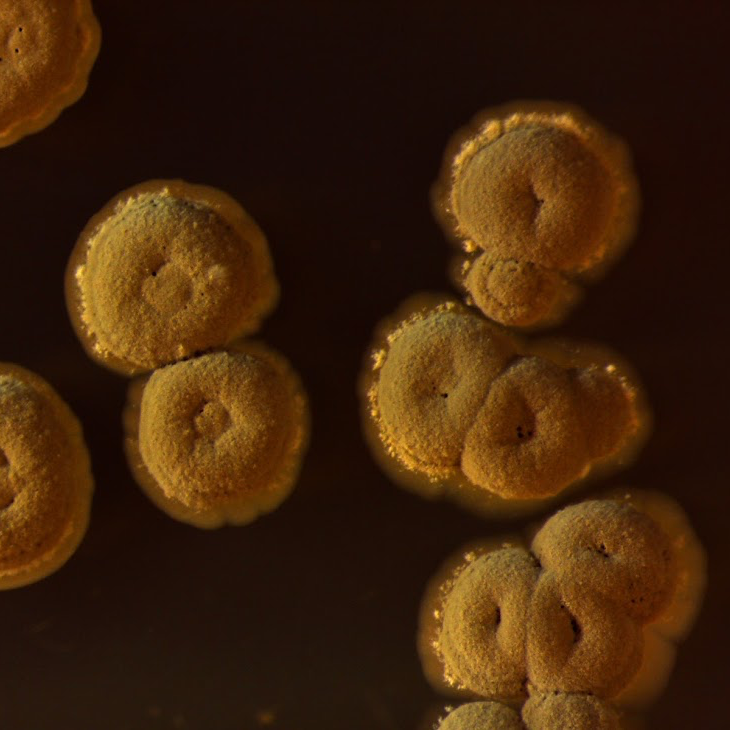The Handelsman Lab studies complex microbial communities
Our lab harnesses the complexity of soil, plant root, and gut microbiomes as a source for antibiotics and resistance genes.
Research in the Handelsman lab focuses on understanding diversity in microbial communities and their role in infectious disease. We are interested in understanding the genetic basis for stability of microbial communities, the interactions in a model community, and the impact of interventions on the gut microbiome and the soil microbial community.
We apply metagenomics, genetics, and small molecule analysis to study microbial diversity, antibiotic resistance, and symbioses in communities in soil, on plant roots, and in the human gut. We developed a three-species model community to study the nature of community robustness, invasion processes, and emergent properties of microbial communities, named THOR for “The Hitchhikers of the Rhizosphere.”
The Handelsman lab specializes in understanding microbial communities and their impacts on plant, soil, and human environments. Our aim is to reduce the dimensions of highly complex systems through both experimental design and data analysis. The results of our work will affect the management of plant and human disease and suggest interventions that alter microbiomes in a predictable and reliable manner.
Soil Metagenomics
Soil harbors one of the most complex communities on earth. Our statistical models suggest that a single gram of soil contains between 5,000 and 40,000 species (conservatively defined) of microbes. This community is one of the most difficult to study because the vast majority of members — probably more than 99.9% — cannot be cultured by existing methods.
We know most of the uncultured microorganisms only by their molecular signatures, which indicate that many diverge deeply from the species we can culture. We, and others, developed metagenomics to study unculturable microorganisms. In this approach, the collective genomes of an assemblage of organisms are treated as a single entity, or metagenome.
The Handelsman group has exploited functional metagenomics, which involves screening for expressed activities in a cultured organism (such as E. coli or another culturable model bacterium) containing fragments of DNA extracted directly from soil.
Outcomes
Using functional metagenomics, we have discovered new antibiotics and biosynthetic pathways as well as genes that confer resistance to antibiotics of clinical importance. Most of the genes we discovered are only distantly related to those discovered in clinical settings and many contain new motifs.
Bifunctional proteins, which are fusions of two domains of different function, are common in the uncultured community, although there are few previously described from cultured organisms. These bifunctional proteins sometimes contain two enzymatic domains and one is a hybrid of a transcription factor and an enzyme.



